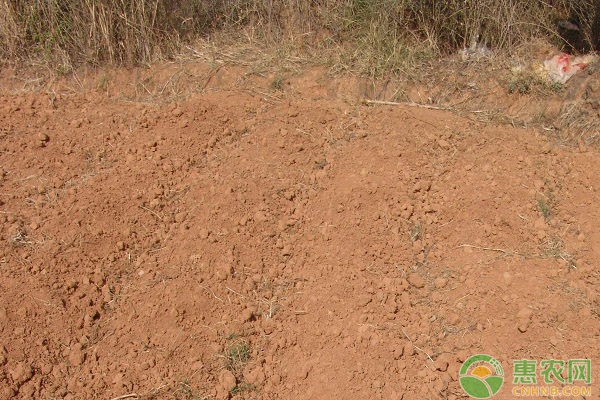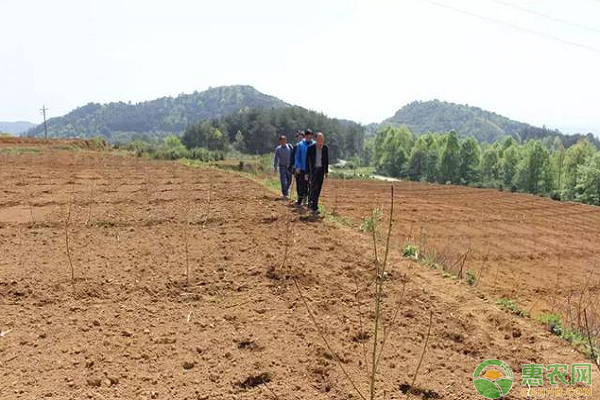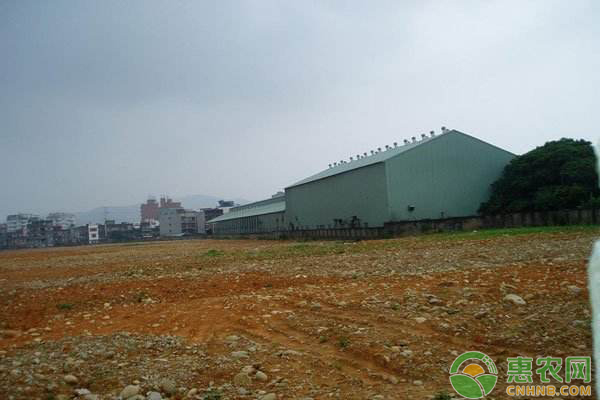Exploring the position and role of soil fertilizer in the sustainable development of agriculture
At present, the utilization rate of soil resources in China is generally low, and the living environment of soil resources is also facing serious difficulties. As a material basis for determining agricultural production, it is essential to provide an excellent soil environment for crops. Fertilizer resources are the key to determining the growth status of crops in the later period, and also an important factor affecting the balanced development of agricultural economy and ecological economy. Therefore, this paper will study the related issues of soil and fertilizer. First, the status and role of soil fertilizer in the sustainable development of agriculture 1.1 The role of soil in the sustainable development of agriculture The soil continuously supplies and regulates the water, nutrients, air and heat required for the growth of plants, and has outstanding fertility characteristics. Soil is the most basic natural resource for agricultural production, and it is also a renewable renewable resource. This shows that soil is the fundamental driving force for sustainable agricultural development. Soil can be divided into many types according to demand. Among them, cultivated soil is formed by continuous improvement of soil through human activities such as tillage, irrigation and fertilization. Reasonable farming operations can maintain and improve soil fertility and lay a solid foundation for agricultural production. Unreasonable farming practices can cause soil desertification, salinization, and even disasters such as soil erosion. Therefore, soil is also the key to balancing the relationship between agriculture and ecological development. Only by ensuring the scientific management of farming methods can the role of soil in the sustainable development of agriculture be fully reflected. 1.2 The role of fertilizers in the sustainable development of agriculture Fertilizer is one of the important substances that promote plant growth and increase crop yield. Fertilizer resources can solve the problem of uneven and insufficient soil fertility, thus creating a nutritious and comprehensive growth environment for crops. Therefore, fertilizer is also an important component to support the sustainable development of agriculture. Specifically, the role of fertilizers in the sustainable and healthy development of agriculture is mainly reflected in the following two aspects: ability to act on soil, optimize soil composition, improve soil environment, provide necessary nutrients for plant growth, and promote high-quality production of crops. . To some extent, the same value of fertilizer and seed is a key factor in determining crop yields. However, it is worth noting that too much or too little fertilizer will affect the healthy growth of crops. When the amount of fertilizer is too large, especially when applying inorganic fertilizer, it will pose a serious threat to the soil environment, which in turn affects the quality of the ecological environment. Therefore, it is necessary to combine scientific soil fertility with soil environment and crop growth requirements. Second, the countermeasures of soil fertilizer in the sustainable development of agriculture 2.1 Strengthen the awareness of cultivated area protection and optimize the soil environment Strengthen the awareness of the protection of cultivated land area, avoiding other human activities in the area of ​​cultivated land can effectively maintain the soil environment and maintain soil fertility. At present, the Chinese government has introduced a number of adaptive laws for the protection of agricultural land. However, there are still many controversies in the specific implementation process, especially on the issues such as the relationship between construction land and agricultural land, and it is necessary to supplement and improve some of the relevant laws. With the continuous advancement of new urbanization, how to coordinate the relationship between development and protection is the key to strengthening the protection of cultivated land resources. In view of this, relevant departments should adhere to the basic principles of protection priority, strengthen the public's awareness of the protection of cultivated land resources, and thus support the sustainable and healthy development of China's agriculture. 2.2 Advocating agricultural and forestry cooperative management mode to achieve balanced development of agriculture and ecology At present, the new business models such as grain and fruit intercropping, forest medicine intercropping and forest cultivating chickens in the field of agricultural economic development have shown positive positive value in terms of resource integration and economic benefits. On the basis of it, vigorously advocating the cooperative mode of agriculture and forestry and maintaining the integrity of soil resources can effectively improve the development level of the agricultural economy. Historical experience has proven that only by adjusting the mode of agricultural production and management can the soil environment be effectively improved and provide a necessary reference for the development of scientific fertilization programs. Therefore, taking the road of agricultural and forestry cooperation is very considerable. 2.3 Improve soil fertilization technology and improve the utilization efficiency of fertilizer resources Improving soil fertilization technology, improving fertilizer quality and utilization efficiency can effectively improve the status of agricultural fertilization. At present, many farmers directly set the amount of fertilization by experience. They have not considered the soil's ability to withstand and the pollution caused by fertilization, which has led to a continuous decline in soil quality and a growing problem of pollution. To this end, the agricultural departments of each region should send professionals to provide guidance to the countryside to provide technical support for farmers to apply scientific fertilization. Fertilizer researchers should also make more efforts to optimize fertilizer quality, and combine different soil conditions to develop new fertilizers for different crops, thereby improving the utilization efficiency of fertilizer resources and reducing the harm to the soil environment. Accelerating the process of agricultural industrialization, optimizing the pattern of agricultural production, and taking the path of intensive, large-scale and modernized agricultural development are also very necessary measures. In the process of promoting agricultural industrialization, we can promote the large-scale business model of planting, breeding, processing, commerce and trade integration. We can also try the targeted business model of “farmers + enterprisesâ€, and in the continuous trial, determine the agriculture suitable for different regions. The core direction of development. Third, the conclusion The role of soil and fertilizer in the sustainable development of agriculture is irreplaceable. It is the key to ensuring the high-quality production of agriculture and the coordinated development of agricultural economy and ecological environment. Therefore, strengthening the in-depth study of soil and fertilizer is the basic direction of agricultural development. Corn is a good source of vitamin C, which can help boost the immune system and help fight cancer. Compounds found in corn have been shown to reduce the risk of cardiovascular disease. According to research, fresh corn contains 4-5 times more body fat than rice and flour, and contains unsaturated fat, of which 50% are fatty acids, which inhibit the digestion and absorption of cholesterol. It is an excellent medicine for long-term use to reduce blood cholesterol and soften blood vessels, making it an ideal vegetable oil for patients with hypertension, coronary heart disease, obesity and the elderly. Yellow Waxy Corn Cob,Yellow Waxy Corn,Waxy Corn,Glutinous Corn Cob Yomifresh , https://www.yomifresh.com


Corn is also a cereal and low-fat food. Researchers have found that a low-fat diet has no significant effect on the risk of several diseases. In past follow-ups, a low-fat diet was found to provide significant and sustainable health benefits.
